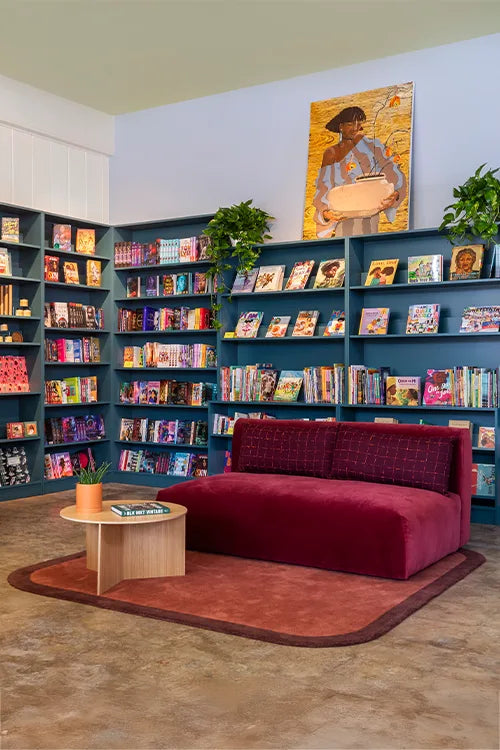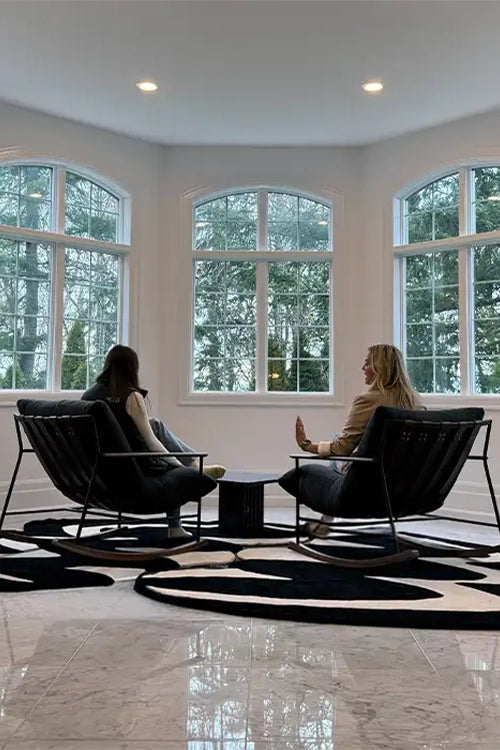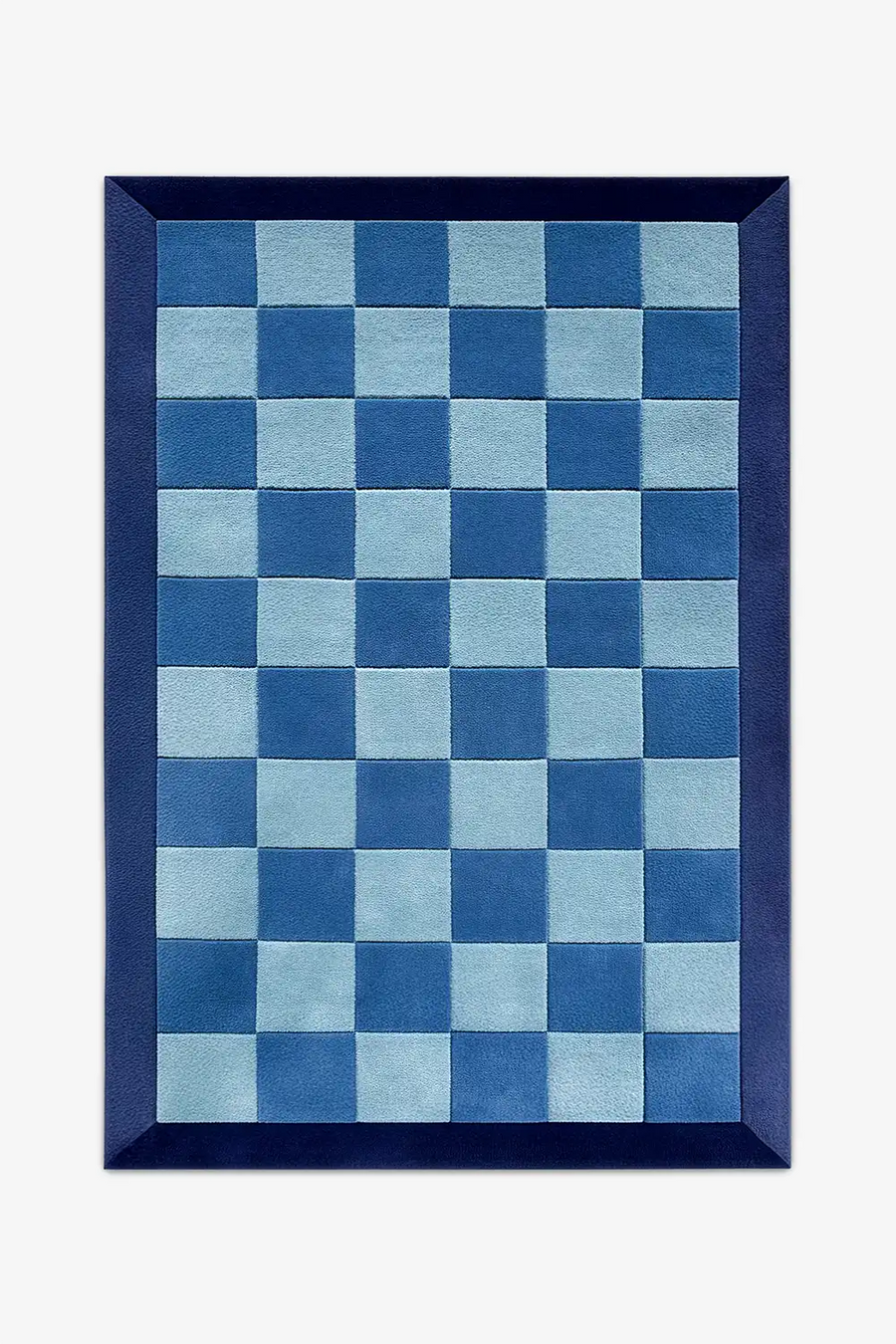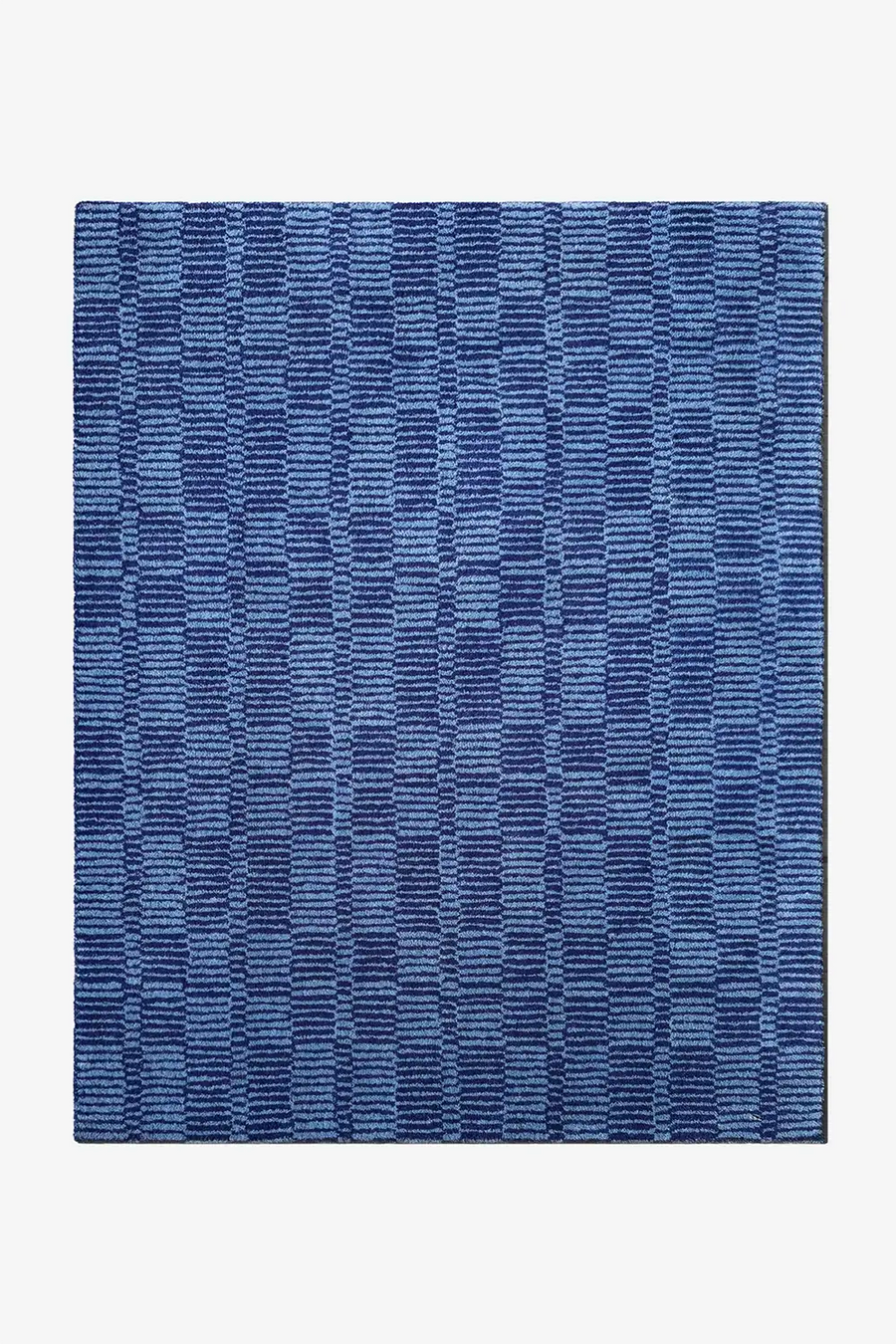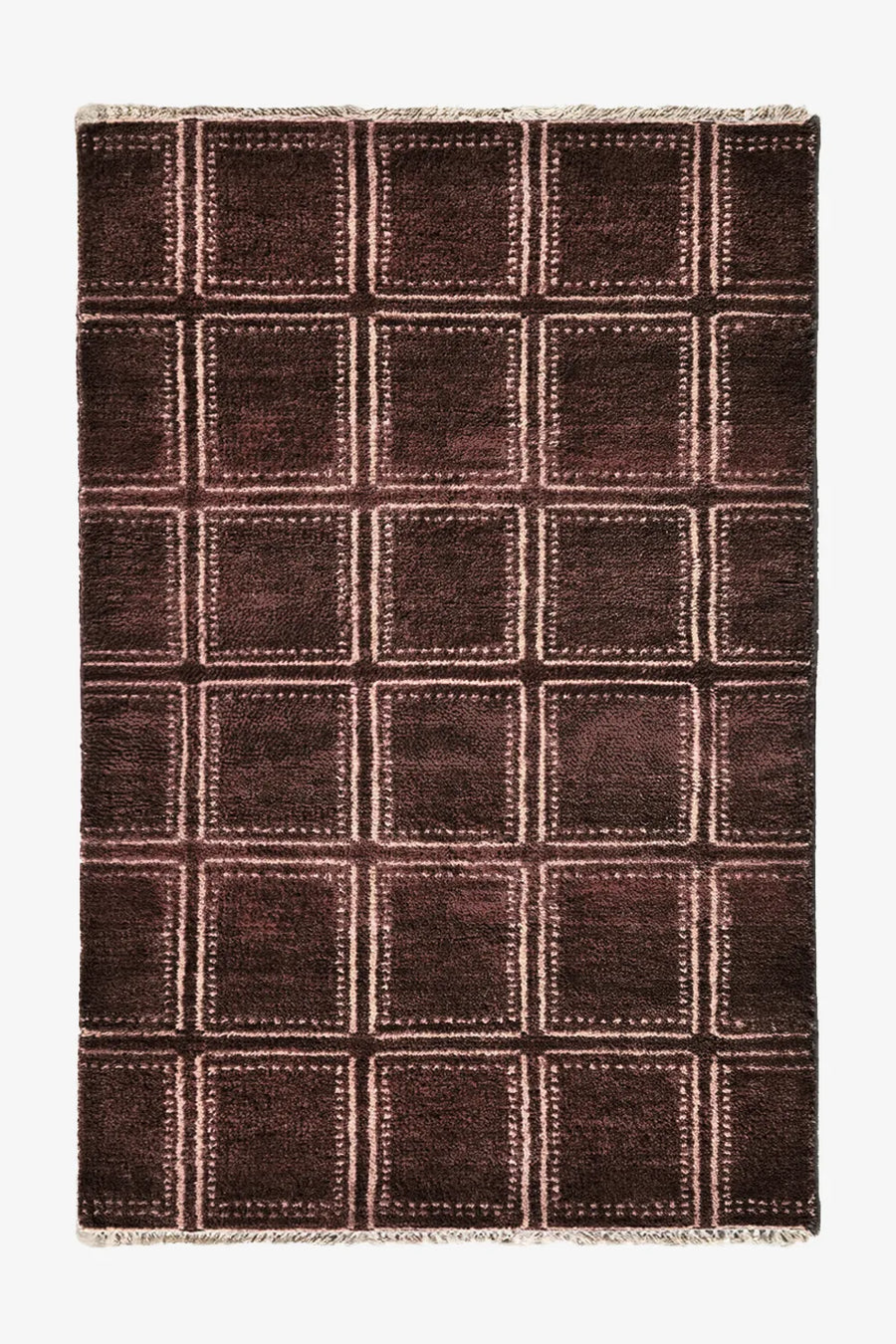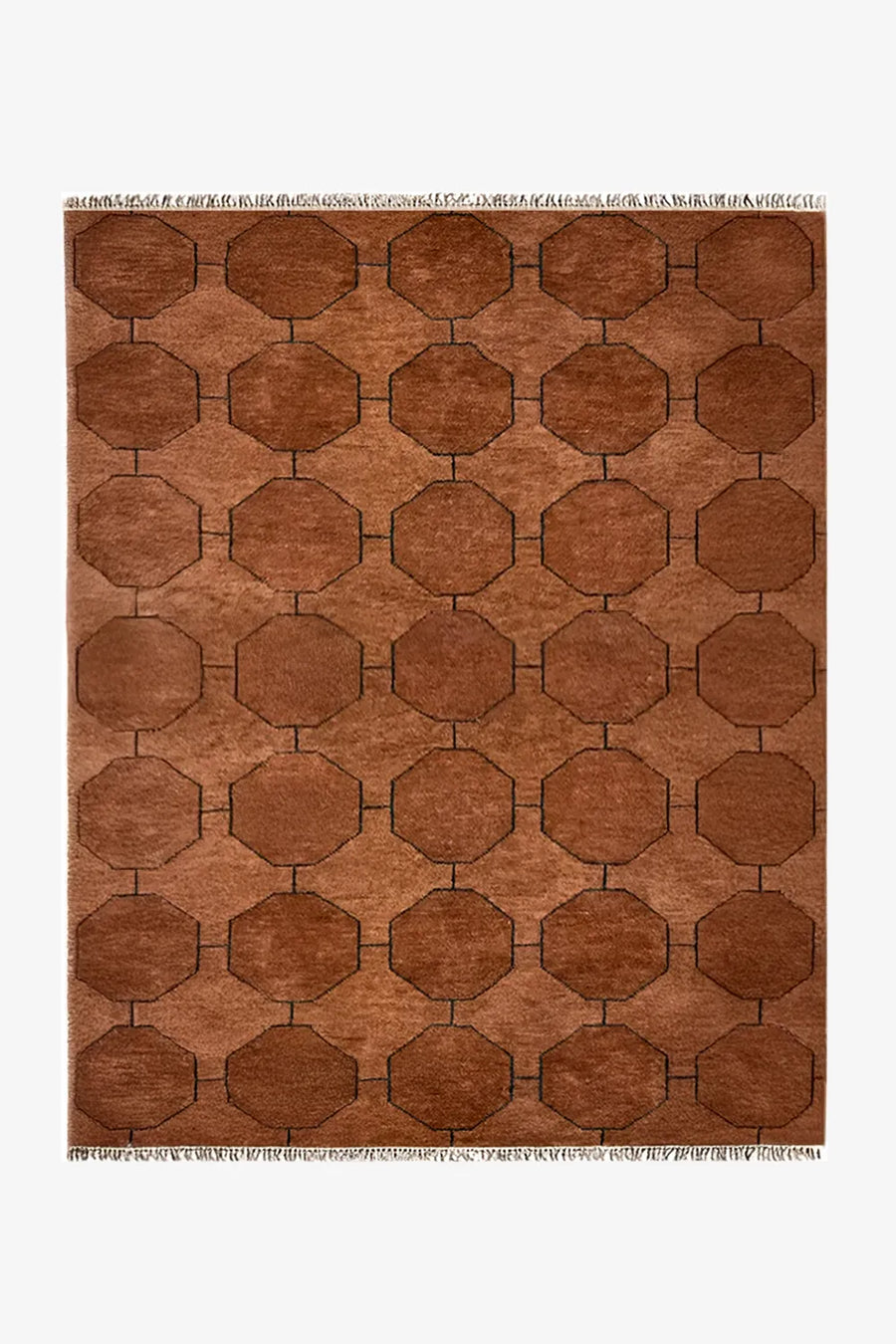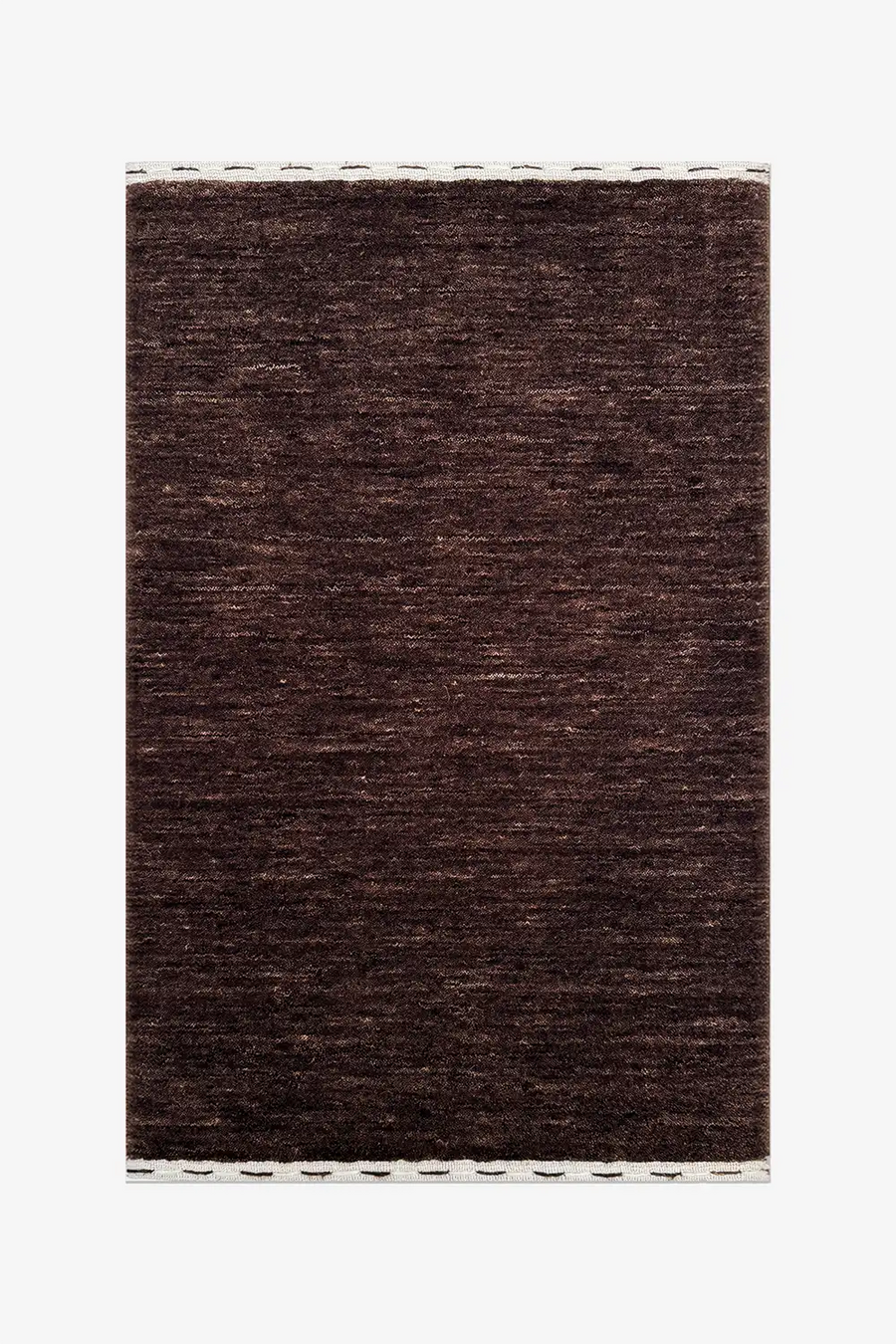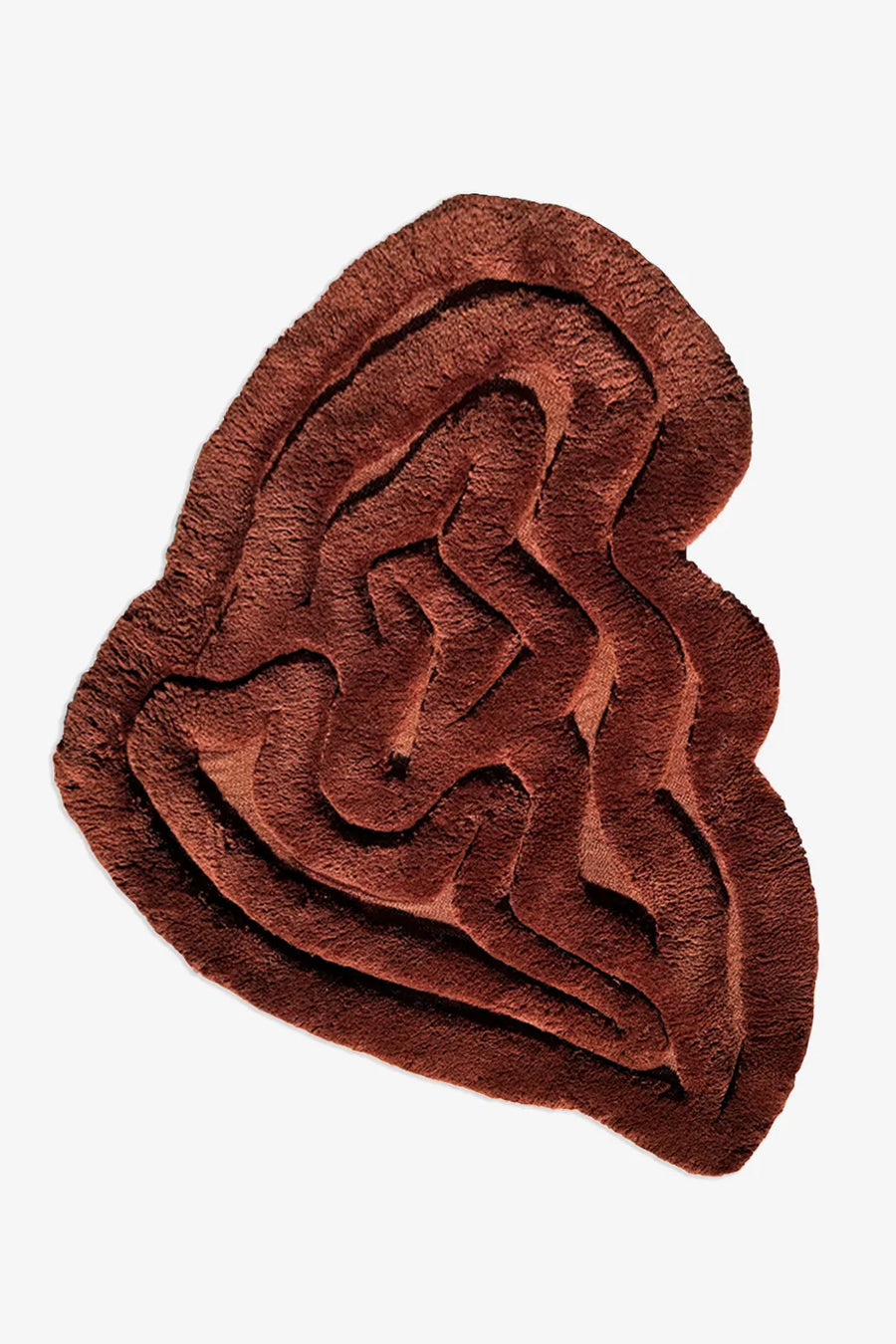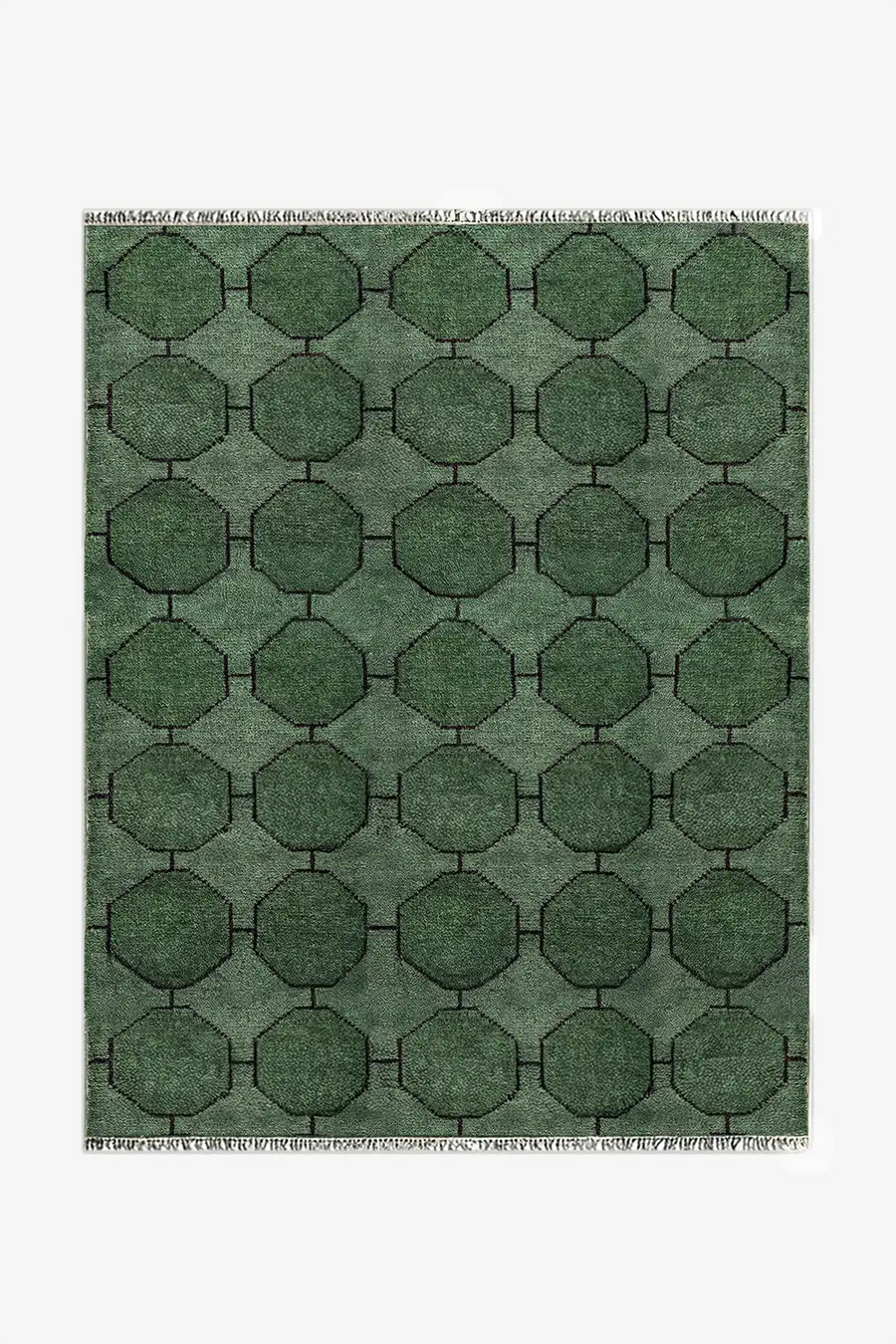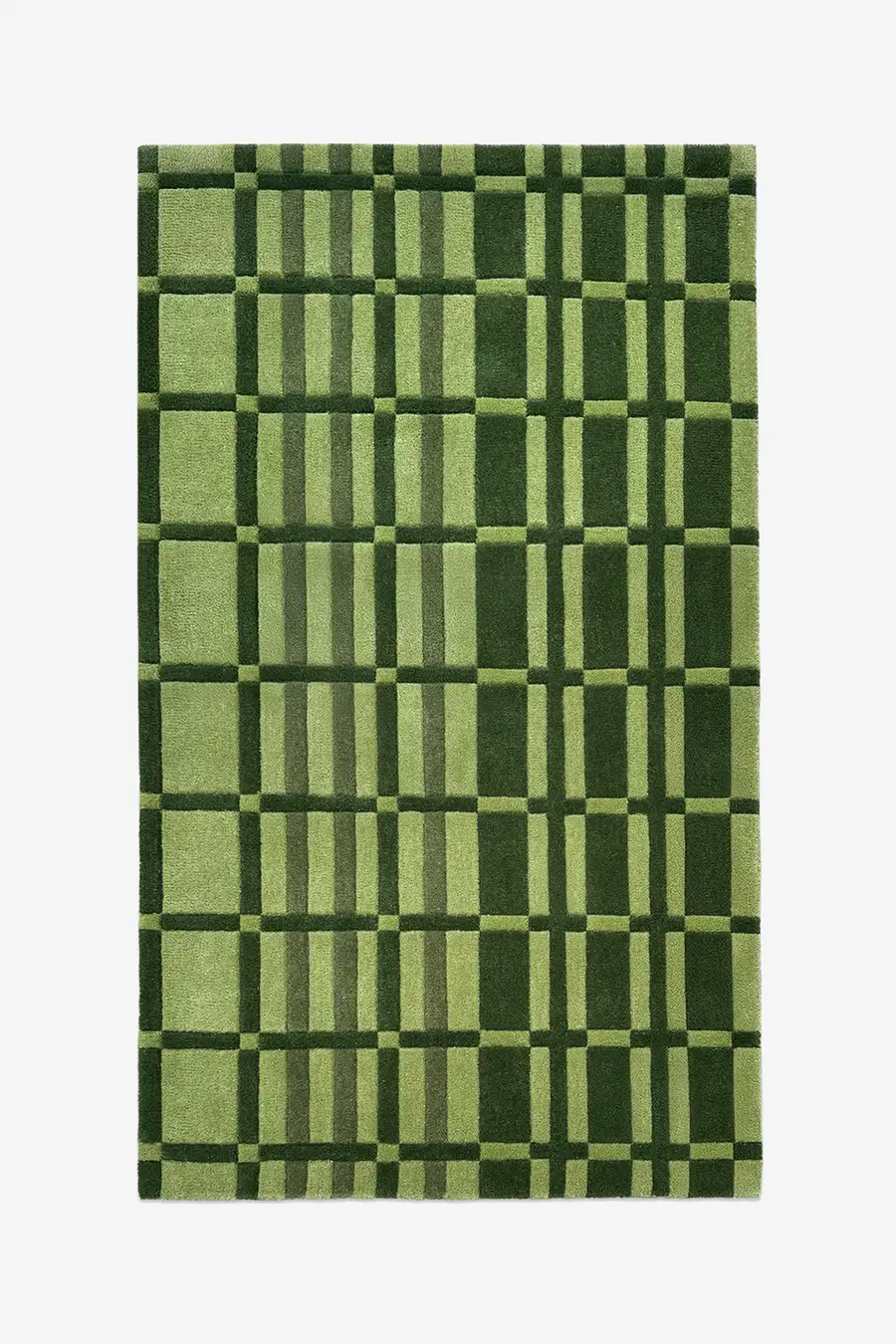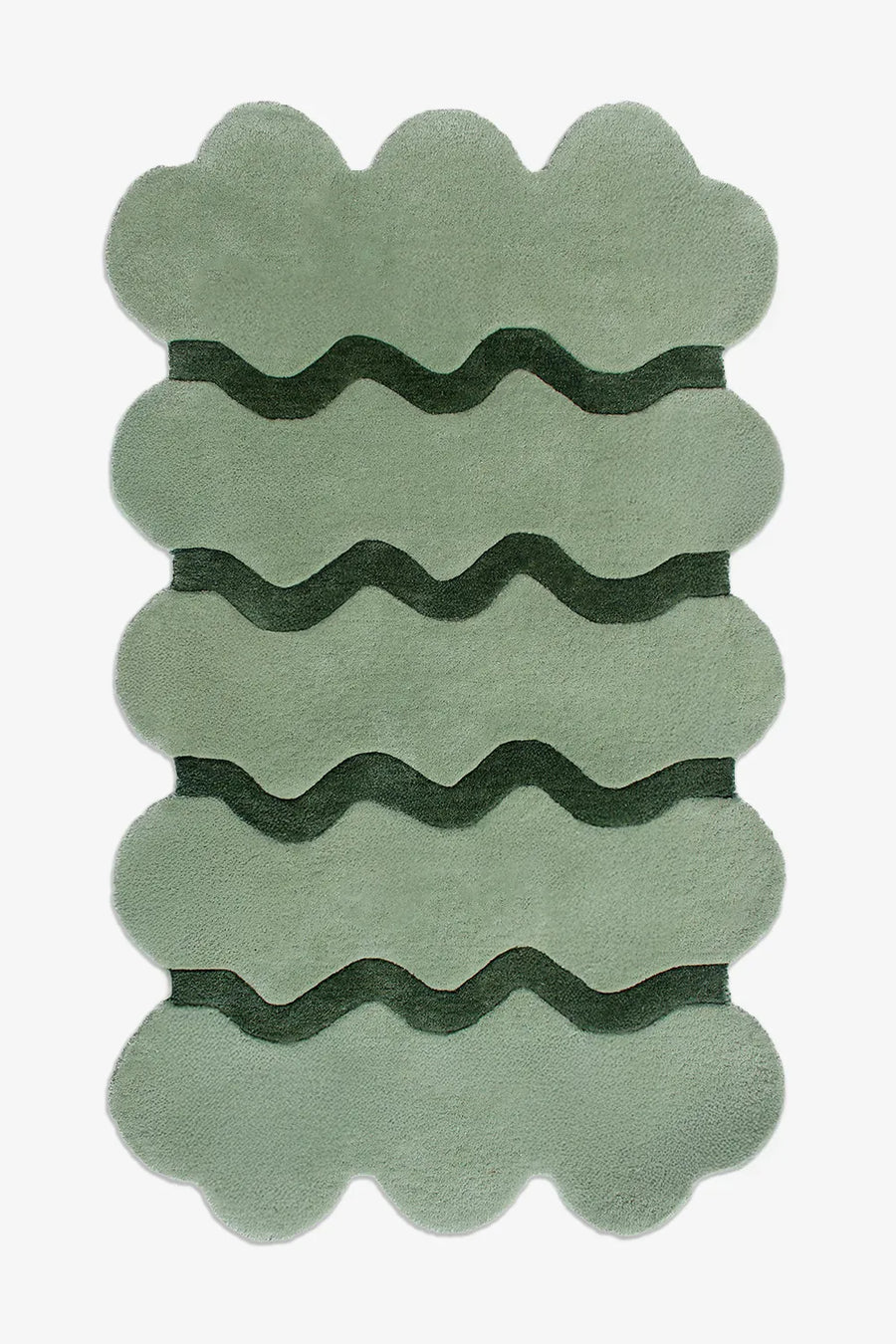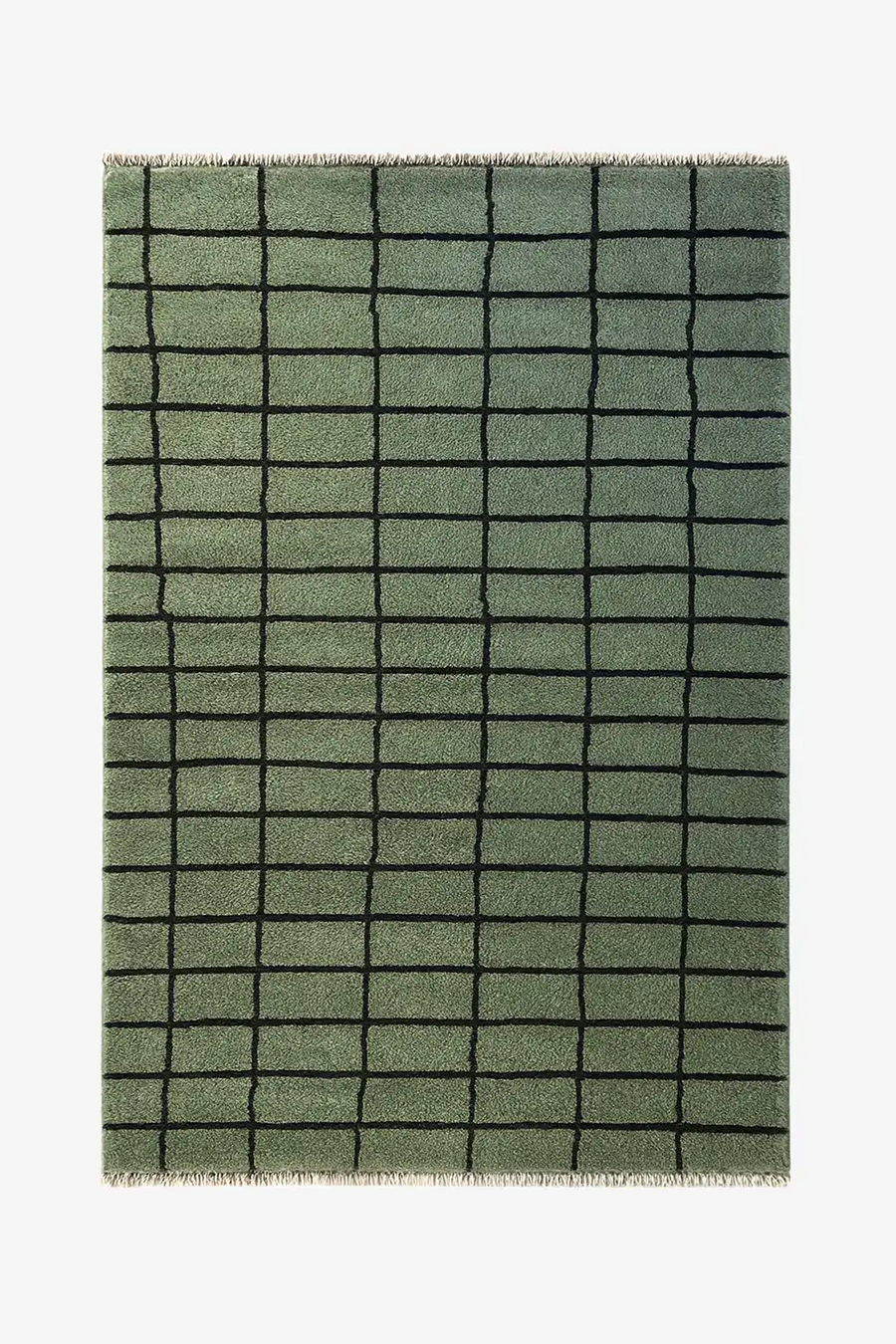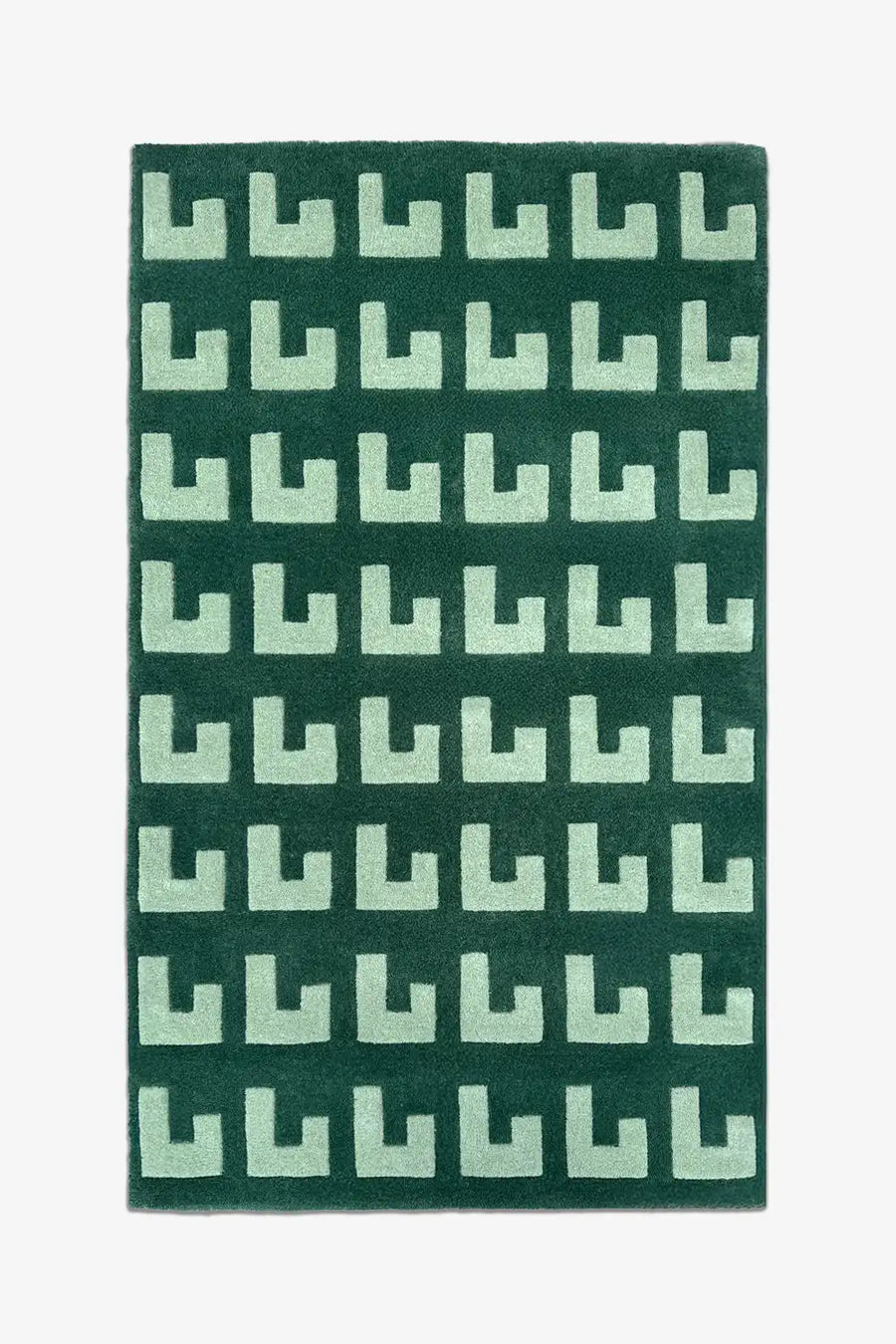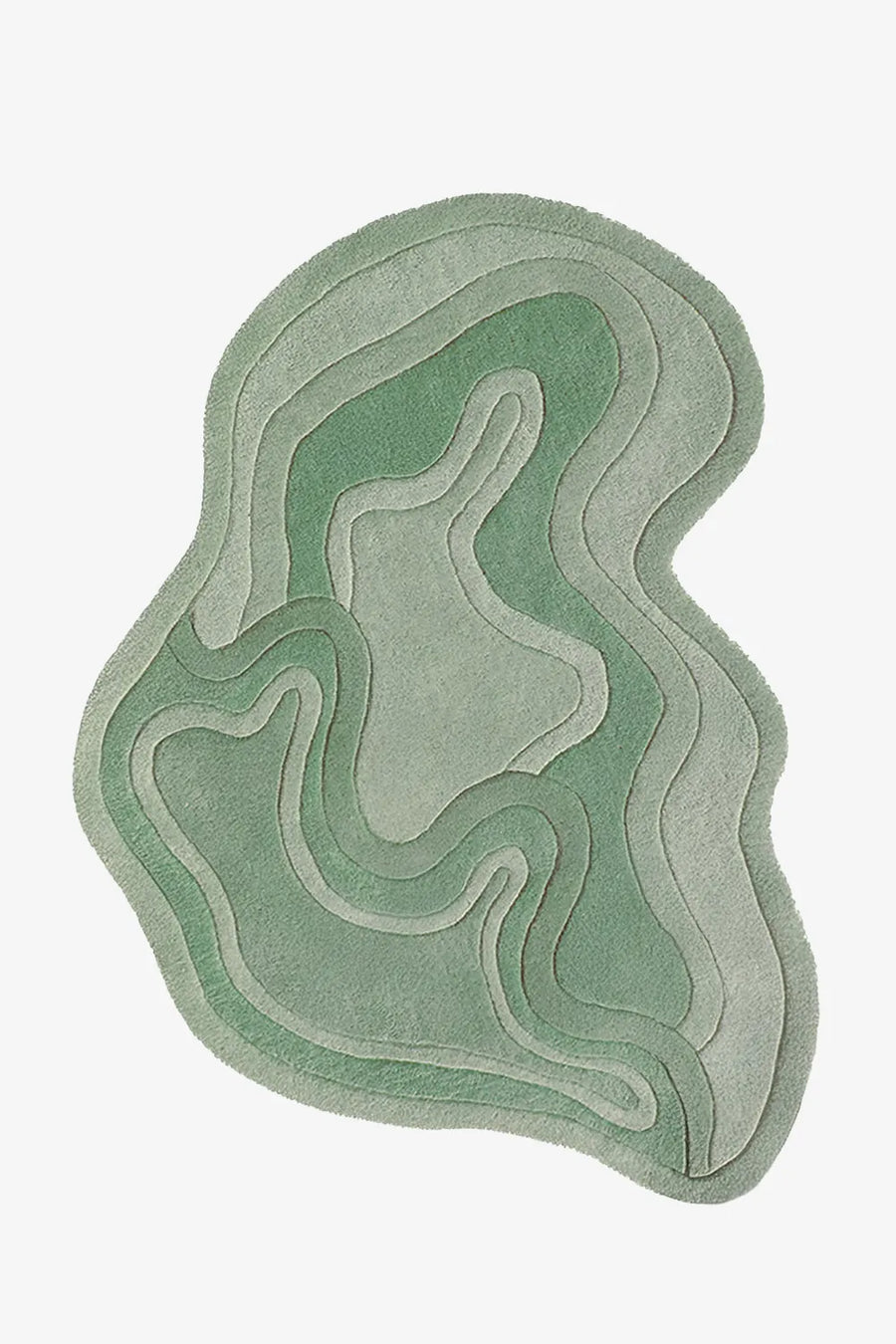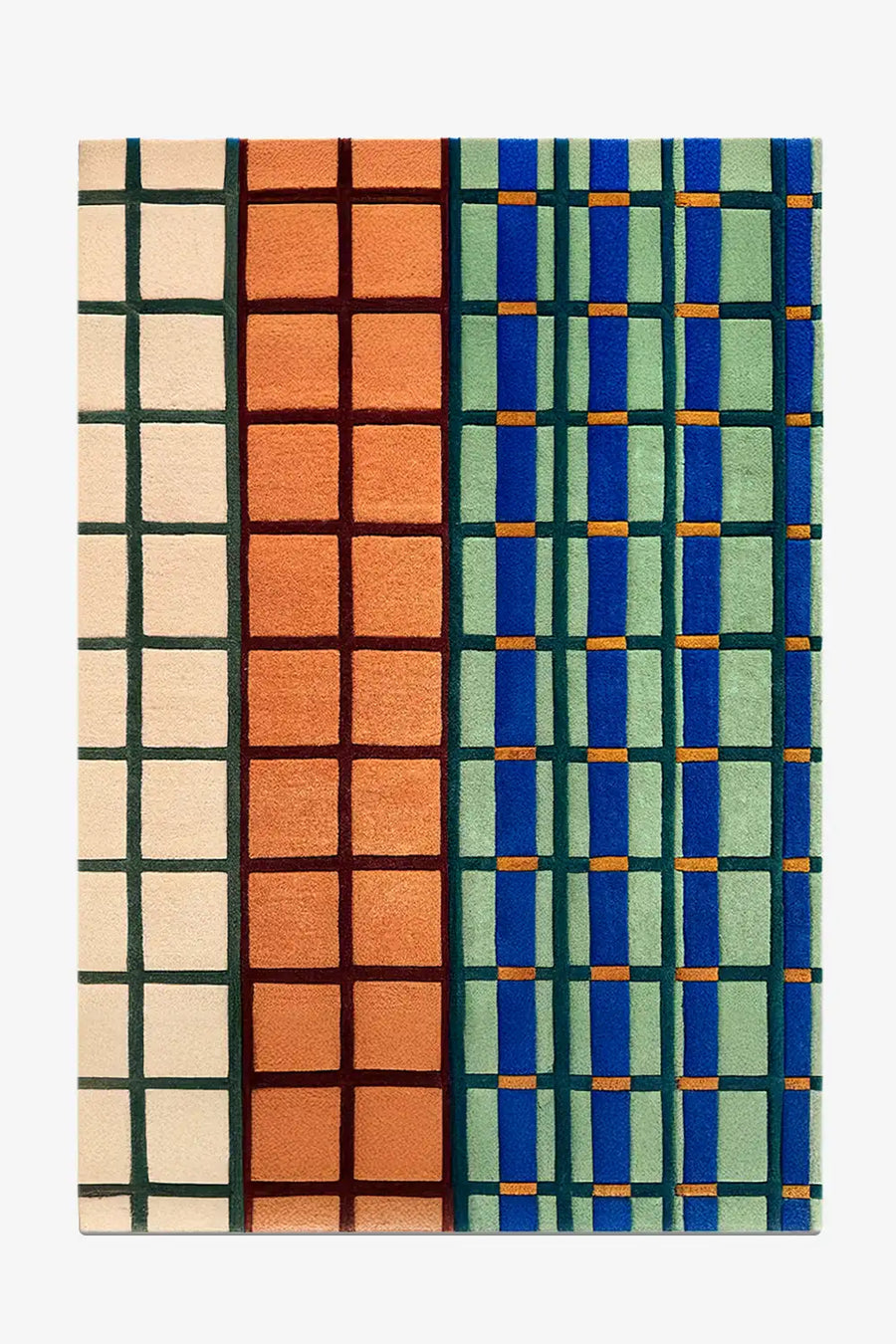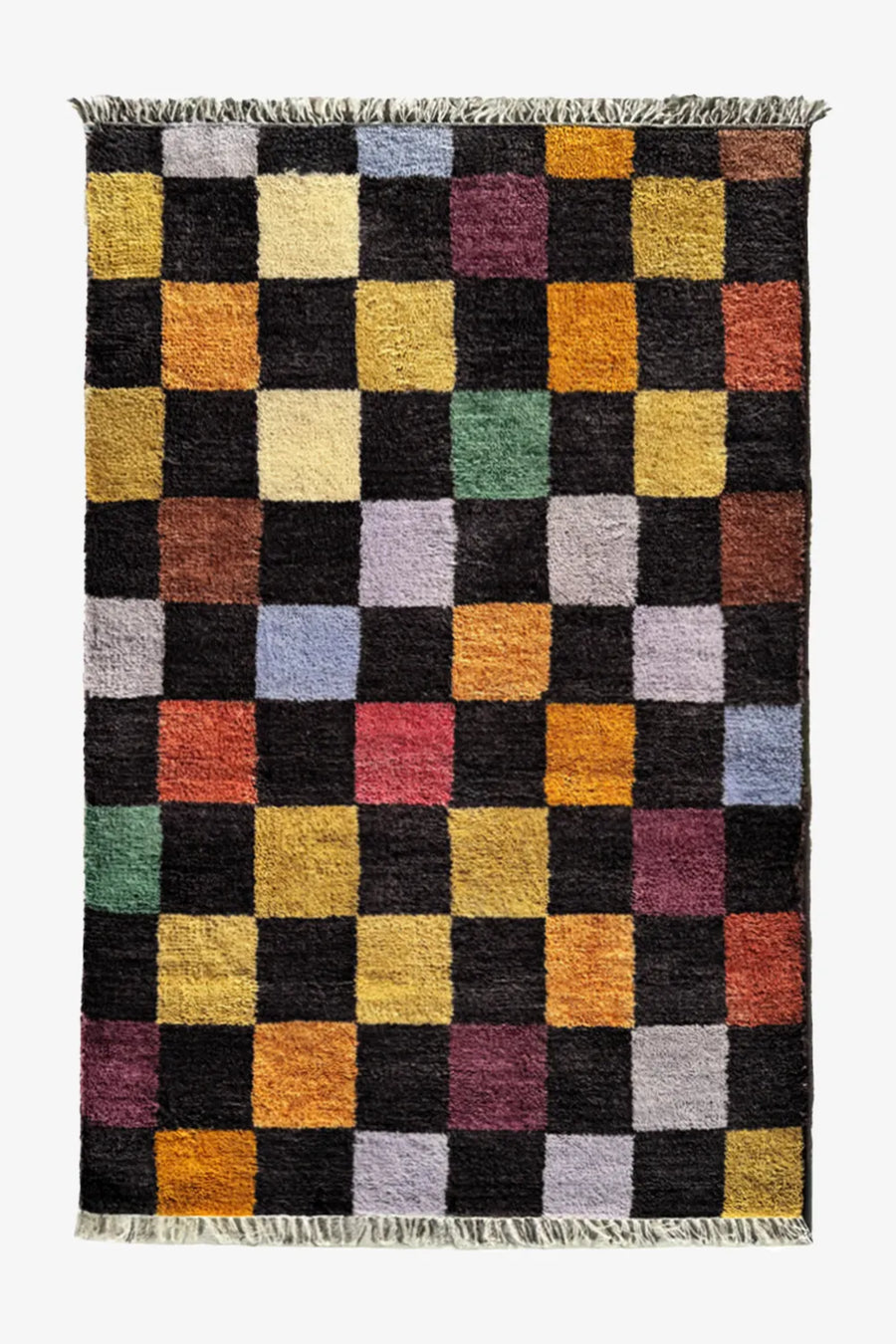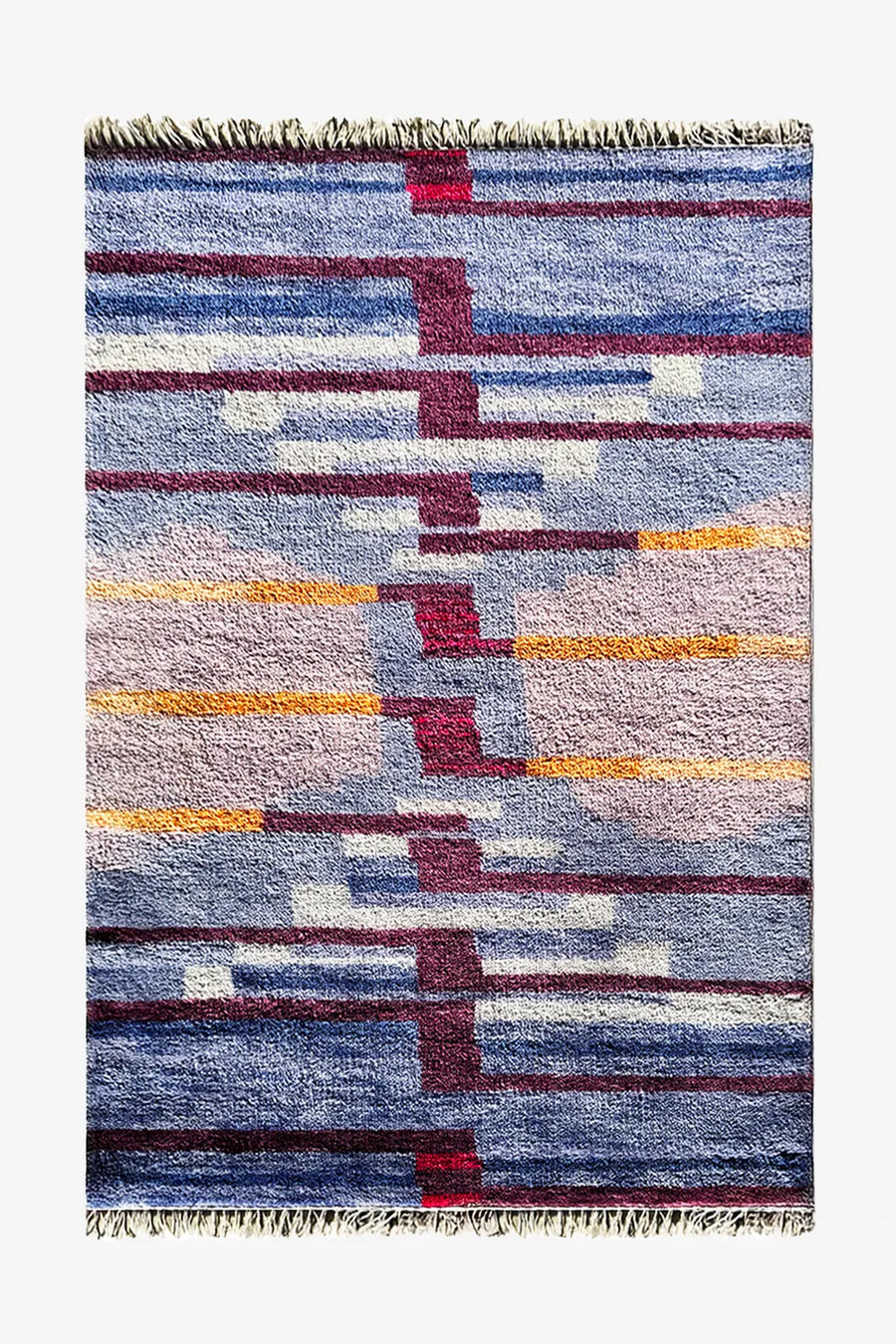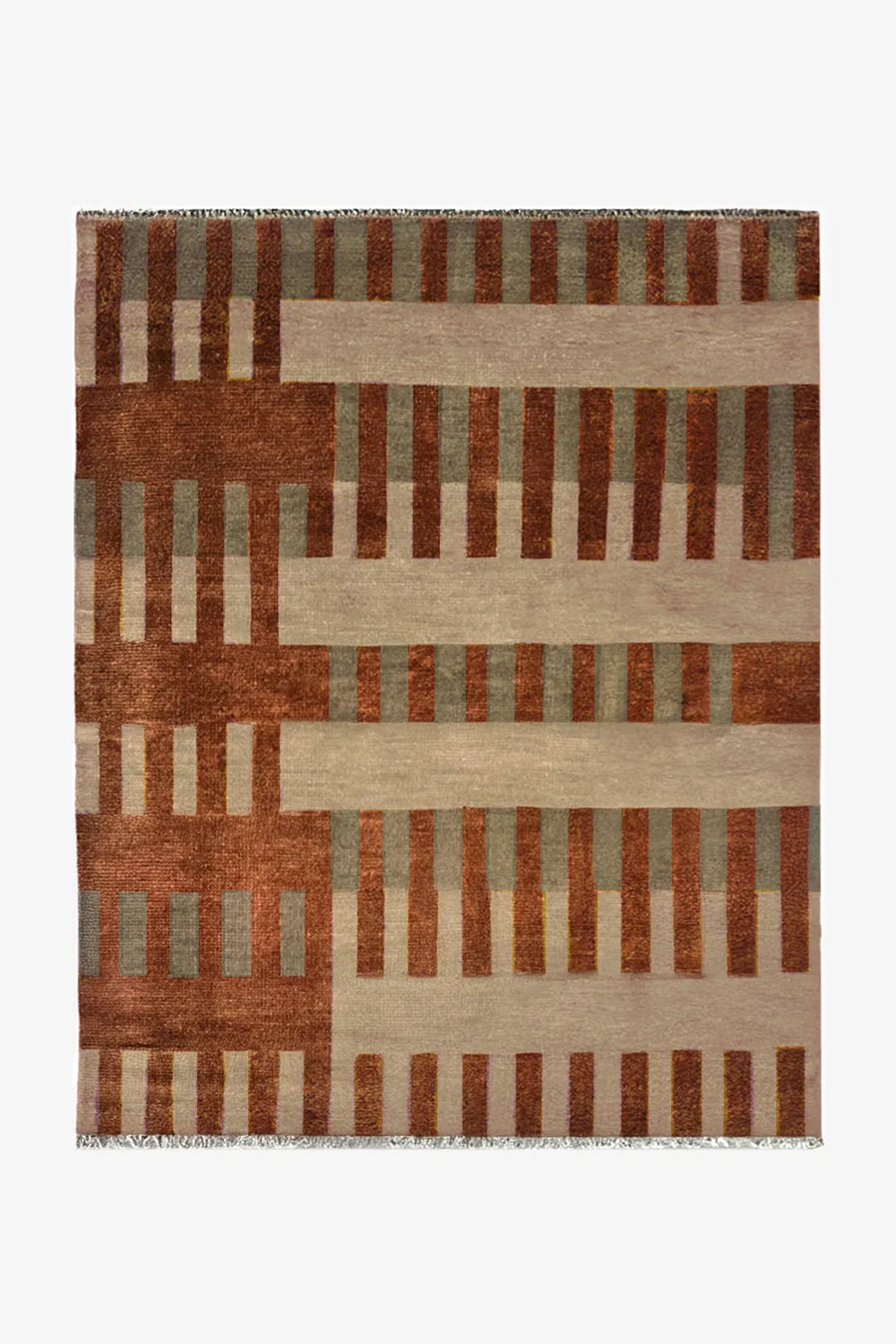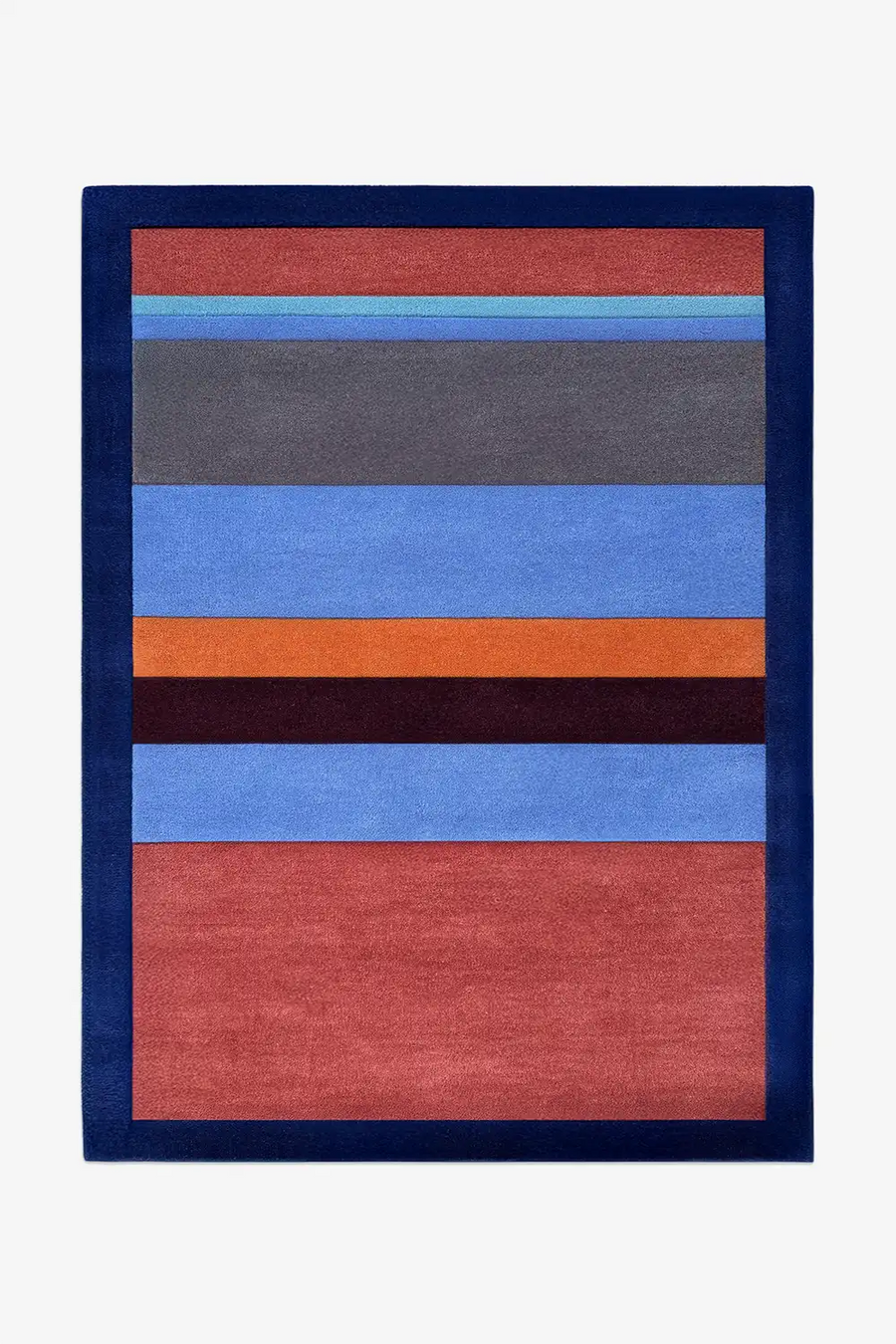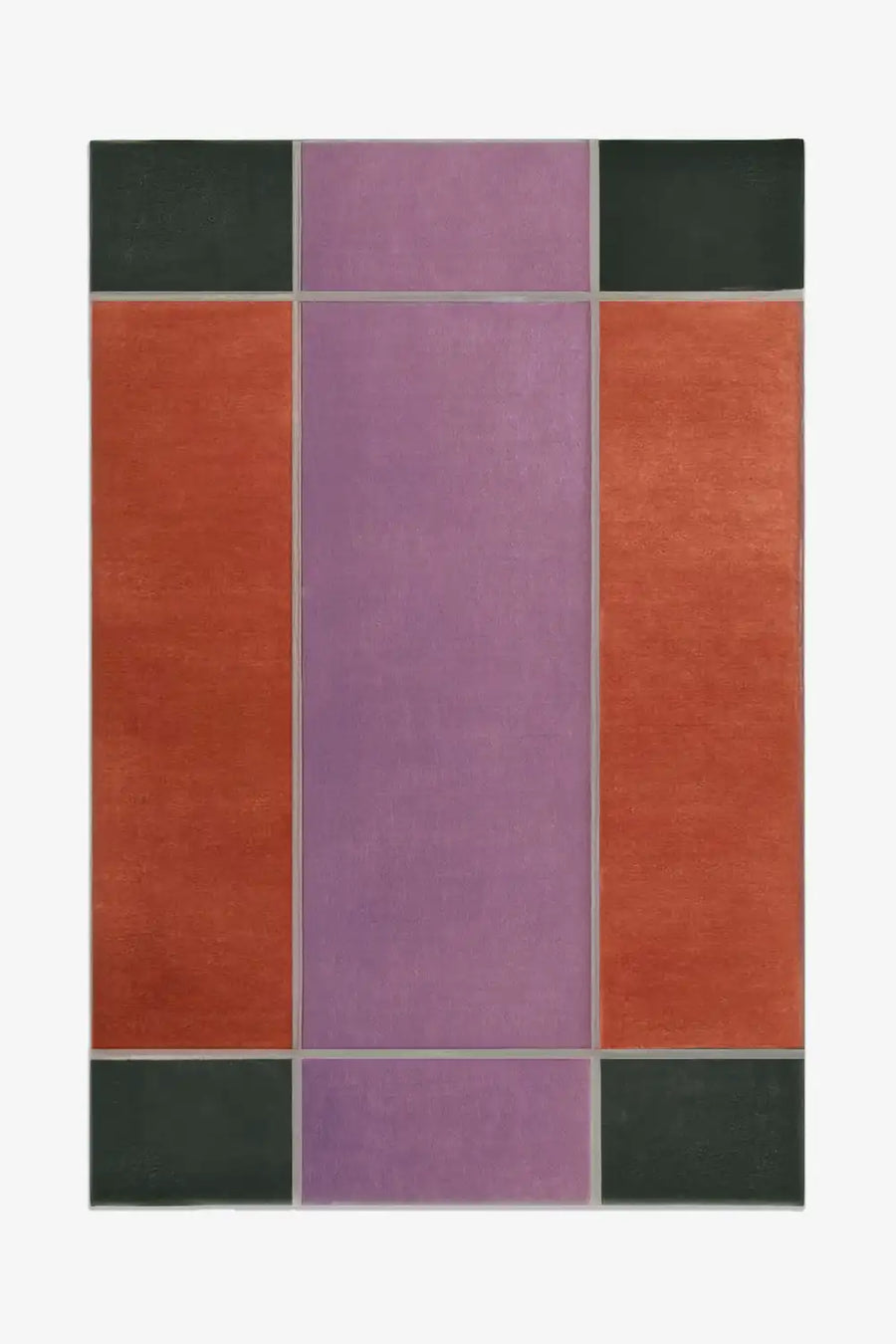Rugs by Color
Whether you're matching a palette or making a statement, start with the shade that speaks to you.
Choosing the Right Color
Color is personal, but a few guidelines help. If your space feels neutral, a rug in a rich or vibrant shade adds warmth and personality. Already have bold walls or furniture? A softer, tonal rug keeps things balanced. Think about whether you want the rug to blend into your palette or stand out as a focal point. And remember, color affects mood. Cool tones like blues and greens feel calm and grounding, while warm tones like terracotta and gold bring energy. Go with what feels right for how you want the room to feel.
Styled Spaces
Blue Wool Rugs
Timeless and serene, works with nearly any palette
Brown Wool Rugs
Warm, earthy tones that anchor a space with natural elegance
Can’t Find Your Perfect Match?
Every rug we make is fully customizable in size, shape, and color. Choose from over 1,200 wool shades or design something entirely your own.
Green Wool Rugs
Grounding and fresh, bringing the calm of nature indoors
Multicolor Wool Rugs
Bold, eclectic designs that become the room's focal point
Find Your Fit
Not sure which rug size works best for your space? Our Rug Size Guide breaks it down by room to help you choose with confidence.

Frequently Asked Questions
Start by considering your existing palette. If your walls and furniture are neutral, a rug in a rich or vibrant color adds warmth and personality. If you already have bold walls or colorful furniture, a softer, tonal rug keeps things balanced. Think about whether you want the rug to blend into your palette or stand out as a focal point. And remember, color affects mood—cool tones like blues and greens feel calm and grounding, while warm tones like terracotta and gold bring energy.
Your rug doesn't need to match exactly, but it should coordinate. Pull one or two colors from your existing palette and look for rugs that echo those tones. A rug that shares undertones with your sofa or walls creates cohesion without being too matchy. If everything in your room is the same color family, consider a rug in a complementary or contrasting shade to add depth and visual interest.
Light and neutral colors tend to make small spaces feel larger and airier. Soft grays, creams, pale blues, and light greens reflect light and create openness. That said, don't shy away from color entirely. A well-chosen saturated rug can actually anchor a small room and make it feel more intentional. Just avoid overly busy multicolor patterns in tight spaces—stick to solids or simple designs.
Absolutely. A bold rug is one of the easiest ways to add personality to a neutral space. If your walls, furniture, and decor are beige, white, gray, or black, a vibrant blue, green, or multicolor rug becomes the focal point and brings the room to life. Just make sure the rug's color complements any wood tones, metal finishes, or accent colors you already have.
Generally, yes. Blue rugs feel serene and work well in bedrooms and living rooms. Green rugs bring a natural, grounding quality to any space. Brown and neutral rugs are practical for high-traffic areas like dining rooms and entryways. Multicolor rugs add energy and eclecticism to living rooms and creative spaces. But these are guidelines, not rules—choose what feels right for how you use the room.
Natural light brings out true colors, while artificial light can shift how colors appear. Warm incandescent bulbs make reds, oranges, and yellows feel richer but can muddy blues and greens. Cool LED lights do the opposite. If possible, test a swatch or photo of the rug in your actual space at different times of day to see how it looks.
How to Choose the Right Rug Color for Your Home
Why Color Is the Most Personal Decision
Color is emotional. It affects mood, energy, and how a space feels the moment you walk in. A blue rug can make a room feel calm and serene, while a vibrant multicolor rug injects playfulness and personality. Unlike size or shape, which are largely functional decisions, color is deeply personal. It reflects your taste, your lifestyle, and how you want to feel in your home. Choosing the right rug color requires thinking about your existing palette, the mood you want to create, and whether you want the rug to blend in or stand out.
Starting with Your Existing Palette
Look at what you already have. Are your walls neutral? Is your furniture colorful or subdued? Do you have a lot of wood tones, or is everything painted white? If your space is mostly neutral—whites, grays, beiges, blacks—a rug in a rich, saturated color like green, blue, or even a warm terracotta can become the focal point that brings the room to life. If you already have bold walls or colorful furniture, a neutral or tonal rug provides balance and keeps the space from feeling chaotic. Start by identifying whether your room needs a color anchor or a calming backdrop.
Understanding Warm vs. Cool Tones
Warm colors—reds, oranges, yellows, warm browns—bring energy, warmth, and coziness. They make large rooms feel more intimate and are perfect for spaces where you want to encourage conversation and activity. Cool colors—blues, greens, purples, grays—create calm, openness, and tranquility. They're ideal for bedrooms, living rooms, and anywhere you want to foster relaxation. If your room gets a lot of natural light, cool colors keep it feeling fresh. If your space is dark or lacks windows, warm tones add much-needed warmth.
The Power of Neutral Rugs
Neutrals—cream, beige, taupe, gray, black, white—are timeless and versatile. A neutral rug works with nearly any color palette and allows other elements in the room to shine. Neutrals are also practical. They show less dirt and wear, making them ideal for high-traffic areas like entryways and dining rooms. But neutral doesn't mean boring. Look for rugs with texture, subtle tonal shifts, or interesting patterns to add depth. And if you want a neutral base but still crave color, consider layering a smaller, colorful rug on top.
When to Go Bold with Color
A bold colored rug is a statement. It's the easiest way to add personality to a neutral space or to tie together disparate colors in an eclectic room. Multicolor rugs are especially versatile because they contain multiple hues that can pull from different elements in the room. If you're nervous about committing to a bright color, start by identifying the undertones in your existing furniture and decor, then choose a rug that echoes those tones in a more saturated way. A bold rug can anchor a room and make it feel intentional rather than unfinished.
Color and Room Function
Certain colors naturally suit specific rooms. Blue is calming and works beautifully in bedrooms, bathrooms, and home offices. Green feels grounding and organic, making it perfect for living rooms, sunrooms, and spaces where you want to bring the outdoors in. Brown and earthy tones are practical and warm, ideal for dining rooms and family rooms. Multicolor rugs bring energy to creative spaces, playrooms, and bohemian or maximalist interiors. Think about how you use the room and what mood you want to create.
How Lighting Affects Rug Color
Natural light brings out the truest version of a rug's color, while artificial light can shift how colors appear. Warm incandescent bulbs enhance reds, oranges, and yellows but can make blues and greens look duller. Cool LED lights do the opposite—they brighten blues and greens but can make warm tones feel flat. If your room has limited natural light, choose a rug in a lighter or warmer shade to compensate. If your space is flooded with sunlight, you have more flexibility with darker or cooler tones.
Matching Rug Color to Interior Style
Your rug color should align with your overall design style. Mid-century modern spaces often feature warm oranges, mustards, and teals. Japandi and minimalist interiors lean into soft neutrals, grays, and muted greens. Coastal aesthetics favor blues, aquas, and sandy neutrals. Art Deco embraces rich jewel tones like emerald, navy, and burgundy. And bohemian or maximalist styles celebrate bold, layered color. Explore rugs by interior style to see color in context.
Color and Rug Shape, Size, and Pattern
Color doesn't exist in isolation. The shape of your rug affects how color is perceived. A round rug in a bold color draws the eye inward and creates a focal point. A rectangular rug in a soft neutral grounds a space without dominating. Similarly, size matters—a large rug in a dark color can make a room feel cozier, while a small rug in a bright color adds a pop without overwhelming. And pattern interacts with color—multicolor geometric designs feel energetic, while tonal abstract patterns feel calming.
Longevity and Color Choice
Trends come and go, but a well-chosen rug color can last for decades. Classic neutrals never go out of style. Timeless blues and greens feel fresh in any era. If you're drawn to a trendy color, make sure it's one you genuinely love rather than one you're choosing because it's popular right now. And remember, quality construction matters. Our rugs are crafted using traditional techniques that keep colors vibrant and saturated over time, so your investment looks as intentional years from now as it does today.
Final Thoughts on Choosing Rug Color
Color is the most visible, immediate, and emotional aspect of a rug. It sets the tone for the entire room and influences how you feel when you're in the space. The right color enhances your existing palette, complements your style, and creates the mood you want. The wrong color can make a space feel disjointed, cold, or overwhelming. Take your time, test swatches if possible, and trust your instincts. Color is personal—choose what feels right for you.













